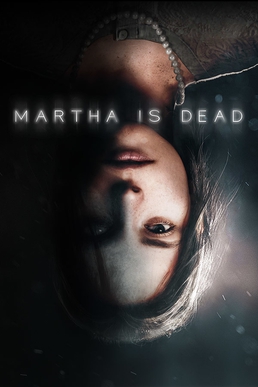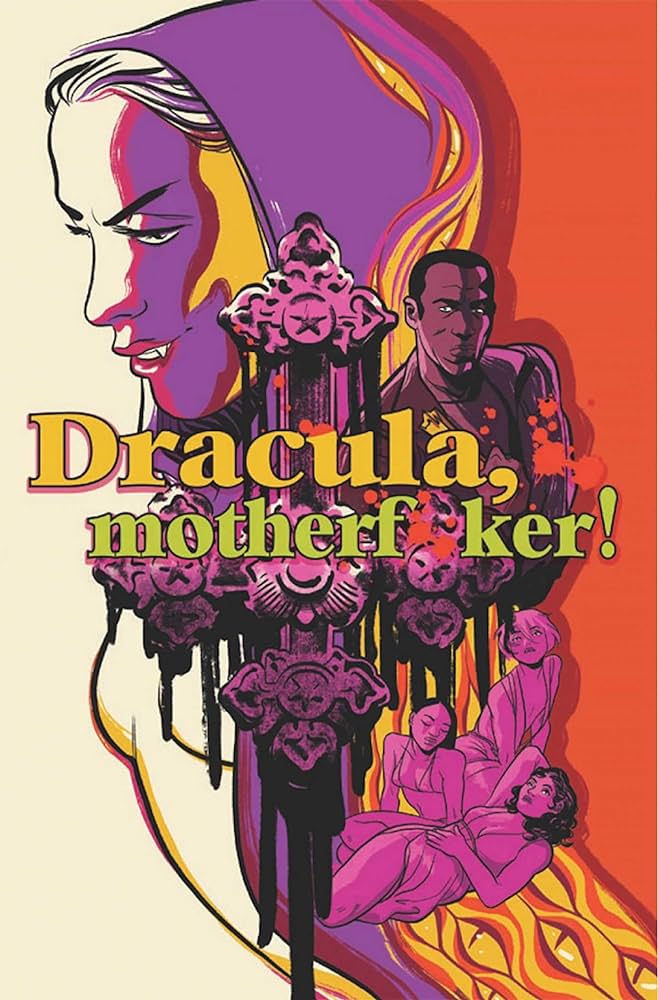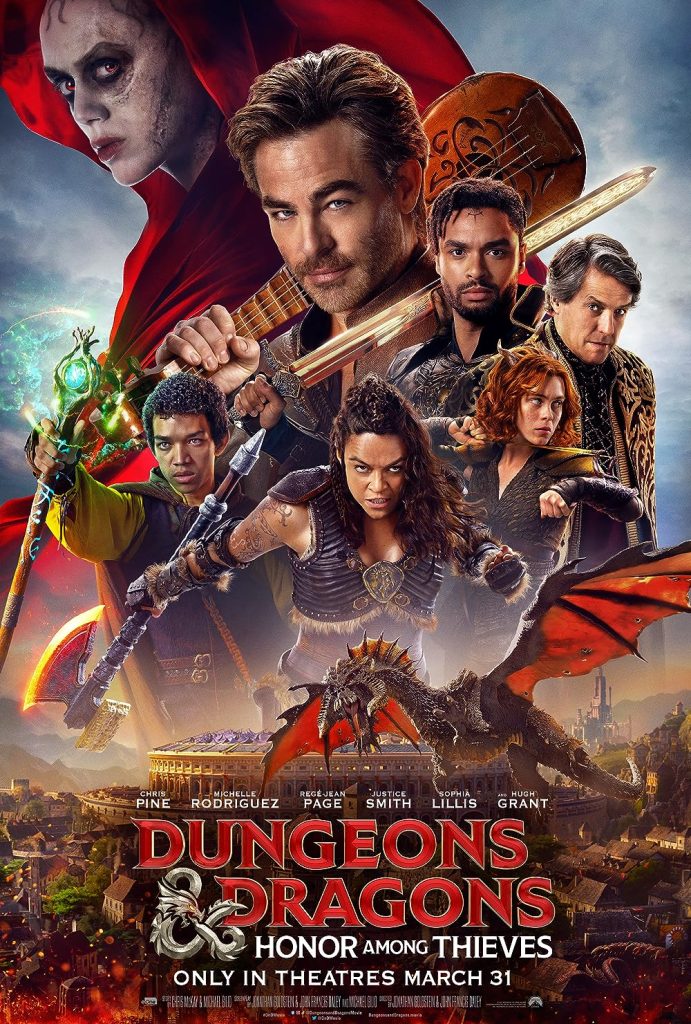Martha is Dead
By Olivia Shan
Martha is Dead, the latest project of independent Italian developer LKA, has garnered a distinctly mixed legacy since its release in 2022. Its incredibly slow— some might say tedious— pace, as well as its lack of jumpscares and other genre staples, will turn off many indie horror fans. However, for me, those unconventional elements are exactly what make this game special.

Martha is Dead is set in 1940s German-occupied Italy, in a rural estate held by a German officer, his wife, and their two twin daughters, Martha and Giulia. When Giulia discovers her sister’s corpse by a lake, her parents mistake her for Martha — the more favoured child of the two— leading Giulia to assume her sister’s identity. We follow Giulia’s troubled and confused first-person perspective as she tries to uncover the truth behind her sister’s murder amid the political turmoil which looms over her family.
While the mystery component of the game is an important throughline, Martha is Dead’s true focus lies in its protagonist’s mental unravelling. Giulia’s breakdown is made all the more disturbing when contrasted with the game’s beautiful, hyper-realistic Tuscan setting. Though the game contains obvious elements of the supernatural— for instance, Giulia is haunted by the ghostly “White Lady’” who may be connected to her sister’s murder— its true horror is mostly hidden in plain view, though no less effective.
As we walk through Giulia’s daily life, we also take on her paranoia, leading to moments of acute tension even in the most innocuous situations. Gradually, even mundanities like riding a bike or operating a camera become rife with the threat of danger— both real and imagined. Apparitions are punctuated with the surreal horrors of war and trauma: the low roar of fighter planes, the dystopian bombing of a nearby village, a shocking reenactment of childhood abuse. For Giulia, reality does not represent an escape from the unknowable dread of the supernatural world; it is its own kind of terror.
Martha is Dead is a deeply intricate game which, for all its quirks, offers players a challenging and unique perspective on psychological horror. It especially deserves attention from those who enjoy a well-researched historical backdrop. However, beware that it does contain some very graphic depictions of gore, abuse, and self-harm, so please take the time to look up its trigger warnings beforehand.
Dracula, Motherf**cker!
By Magdalena Nitchi

Dracula, Motherf**cker! est une bande dessinée d’horreur délicieusement macabre publiée par Image Comics en 2021. Il y a de très nombreuses adaptations du conte original de Dracula, mais nombreuses d’entre elles ignorent ses épouses. Pourtant, elles ont un rôle majeur dans cette horrible histoire de vampires, de mort et de jeux psychologiques. En s’appuyant avec brio sur l’histoire gothique originale, l’écrivain Alex de Campi et l’illustratrice Erica Henderson ont crée une magnifique bande dessinée aux couleurs sorties tout droit d’un polar noir.
L’histoire commence à Vienne en 1889, où les trois épouses de Dracula se réunissent pour l’enterrer dans un épais sarcophage doré. Evidemment, tout ne se passe pas comme prévu. Le bref prologue suffit déjà à aiguiser l’appétit du lecteur, à la fois grâce à une narration merveilleusement évocatrice et à de belles illustrations.
Après ce prologue intrigant, l’histoire principale nous transporte en 1974, à Los Angeles,où l’on suit Quincy Harker, un photographe de scène de crime malchanceux, qui tombe sur un gros scoop : une vieille star de cinéma et son groupe d’amis se sont fait égorger. Quincy ne le sait pas, mais ses photos le placeront sous le radar de Dracula et de ses épouses bien déterminées à mettre fin une fois pour toutes à son règne de terreur depuis déjà plusieurs siècles.
Bien que l’histoire soit présentée du point de vue de Quincy, le cœur de la trame se passe entre Dracula et ses épouses. De Campi décrit Dracula non seulement comme une ancienne figure d’horreur à peine humaine, mais aussi comme un manipulateur qui séduit des jeunes femmes avec l’idée d’immortalité, pour ensuite les dresser les unes contre les autres. Alors que le Dracula originel incarne les peurs sexuelles Gothiques du 19ème siècle, Dracula, Motherf**cker! incarne les angoisses de notre époque concernant les abus, la trahison et le rôle de facilitatrice que certaines femmes endossent lorsque confrontées à des hommes toxiques. Il s’agit de stratèges que les victimes d’abus empruntent pour échapper à leur situations, et ce même si elles doivent devenir des monstres elles-mêmes.
Si vous cherchez un mélange percutant et magnifiquement illustré d’une histoire d’horreur gothique et d’un drame policier pulpeux, cette bande dessinée est faite pour vous. Dracula, Motherf**cker! crée de la tension dès la première page jusqu’à un point culminant explosif qui satisfera tout lecteur.
Dungeons & Dragons: Honour Among Thieves
By Fred Azeredo
I suppose I’m late to the Honour Among Thieves train—critics and audiences alike have been trumpeting this movie for a while now. As a resolute non-fan of D&D, though, I didn’t quite buy the hype; I assumed it was probably more of a supreme exercise in fanservice than anything else. Which, don’t get me wrong, it is. And damn good at it, too. But Honour is more than that: a genuinely fun time at the movies, something that’s deceptively rare these days.

Despite the studio’s boneheaded attempts to market it as a straight action film, this is pretty much a goofball comedy from beginning to end. It hits emotional beats that resonate, but then again, so did the screwball comedies of yesteryear, only to leap right into another crazy sight gag as soon as you started getting teary-eyed. When done wrong—as in many of the recent MCU efforts—this dissonance can make for disorienting backlash. Not so here. Because Honour never takes itself too seriously to begin with, the drama feels like an added bonus rather than an expectation undercut by the comic relief. Even better, all the jokes emerge logically from the established rules of this world (which, of course, anyone with a gamebook can consult) rather than airdrop in from some Hollywood punch-up writer’s arsenal. Perhaps all of this would still be for naught if the cast wasn’t so game for all of it. Chris Pine, in particular, is a godsend, bringing us on his roguish Bard Edgin’s side from the very beginning even as he does increasingly questionable things—because we know he can’t be all bad, dammit! And what do you know, he isn’t, though his journey to redemption makes for surprisingly compelling drama. The rest of the ensemble is also refreshingly lacking in movie star ego, perfectly willing to look (very) ridiculous for the sake of the laughs. Hugh Grant, God bless him, has carved himself a perfect niche as the kind of utterly preposterous British villain John Cleese used to play; he’s in rare form here as the deceitful social climber Forge. It’s all simply so much fun you find yourself wondering afterwards: isn’t this the kind of movie Hollywood is supposed to make?
